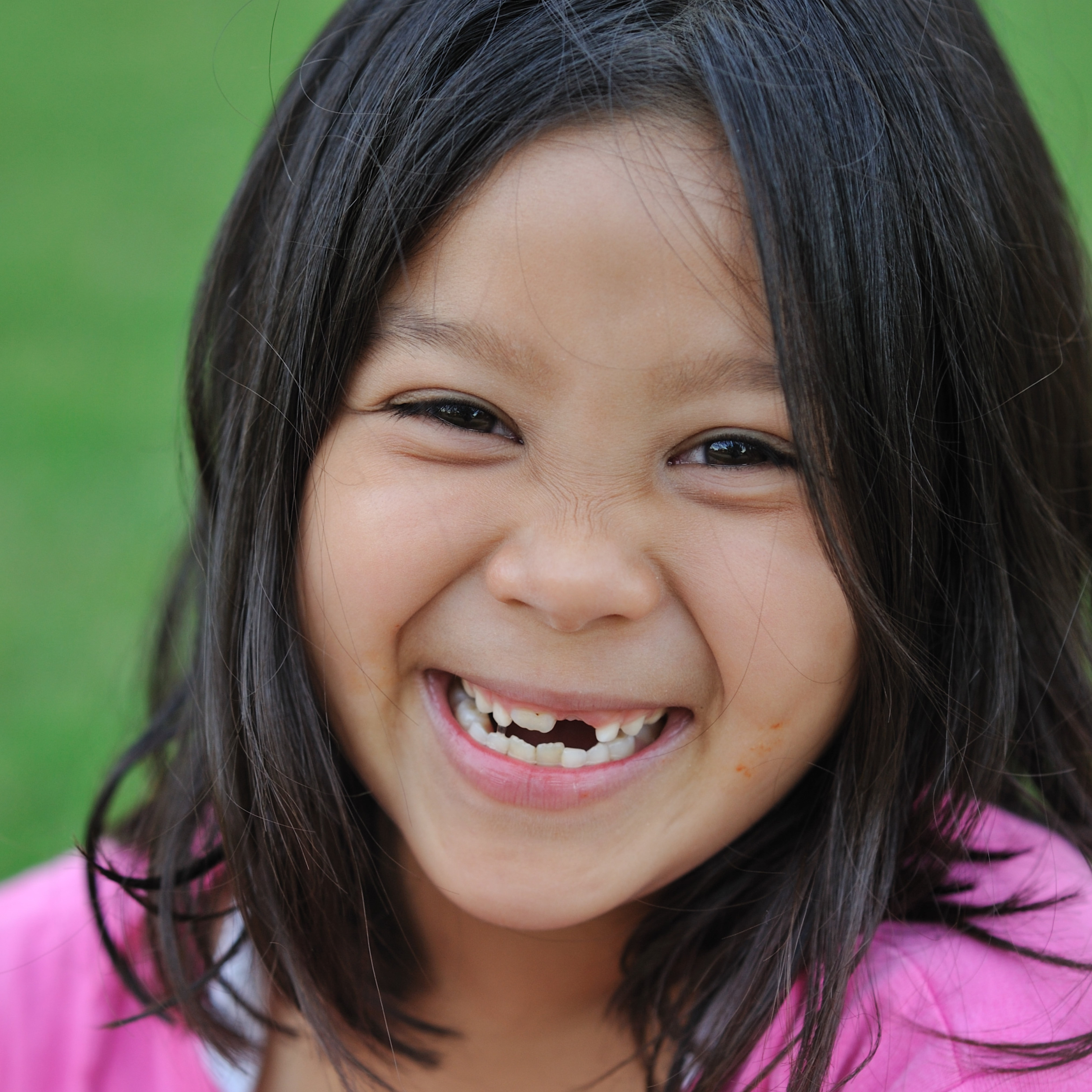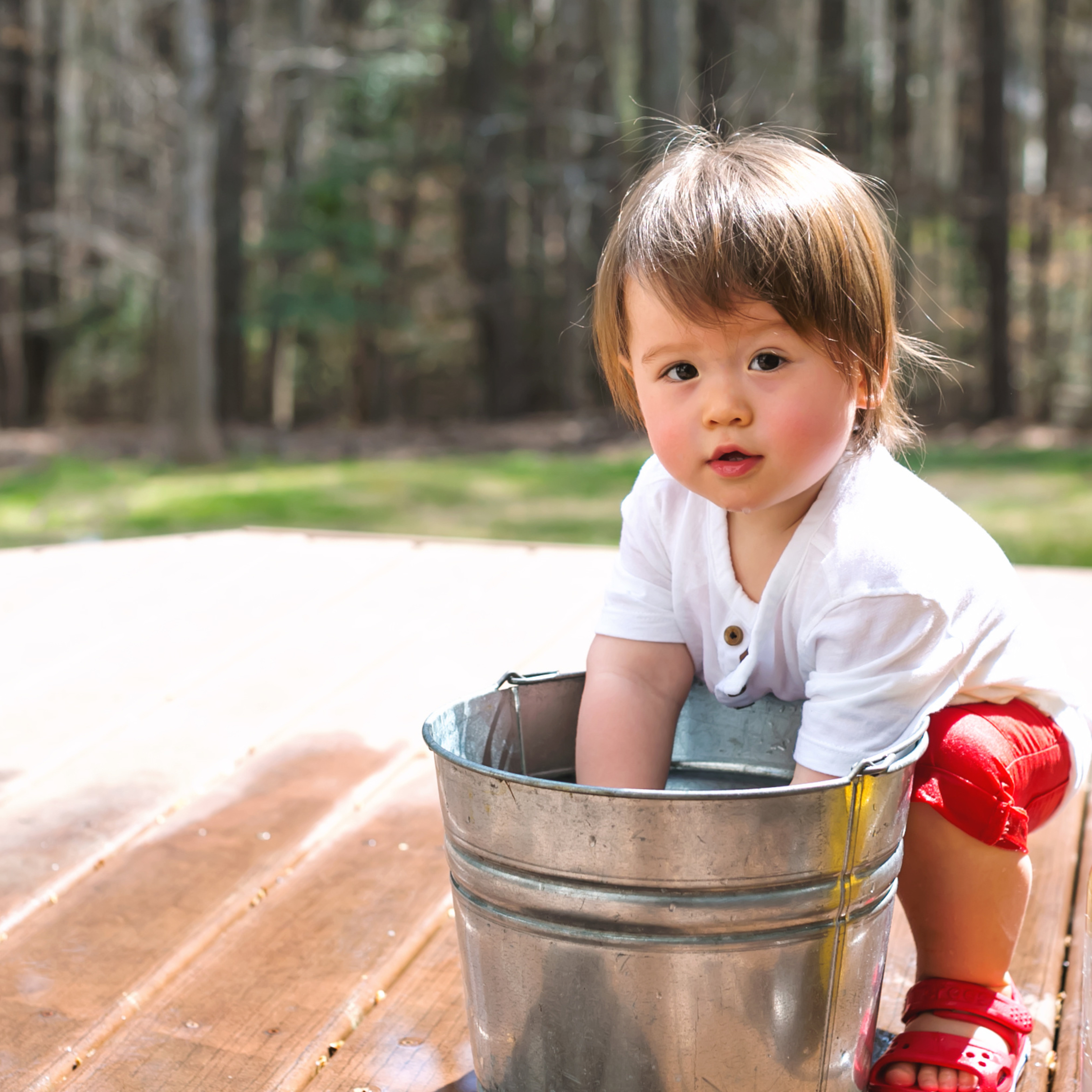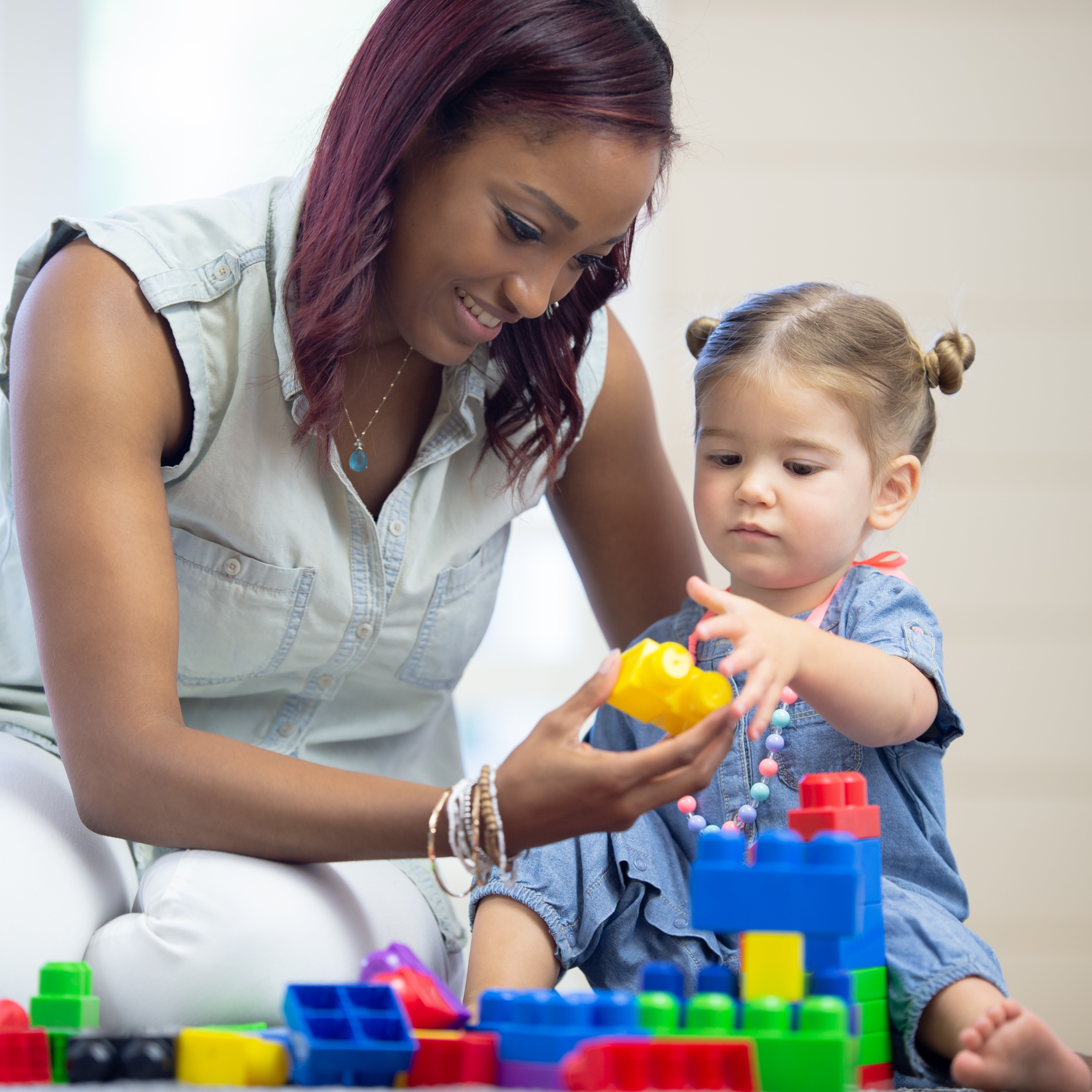· Beth & Michelle · Blog · 3 min read
Is it Just a Lisp? Understanding and Treating "S" Sound Errors

When your child says “thun” instead of sun, you may wonder: Is it just a lisp? While this common speech error may seem cute in young children, persistent difficulty producing the “s” sound (often called a lisp) can impact a child’s intelligibility, communication in school and social settings, and even confidence.
Let’s dive in…
What is a Lisp?
A lisp is a specific type of speech sound error that affects the production of sibilant sounds (usually “s” and “z,” but also “sh” and “ch”). But most people don’t know that there is more than one type of lisp!
- Interdental Lisp: The tongue sticks out between the teeth making “s” sound like “th” (this is the most common type of lisp)
- Lateral Lisp: Air escapes over the sides of the tongue, making speech sound “slushy”
- Dentalized Lisp: The tongue presses against the front teeth, distorting the “s” sound
Are All “S” Speech Errors Lisps?
Not necessarily! While lisps are a very common reason for “s” sound errors, some children may substitute or distort “s” for other reasons, including:
- Developmental delays
- Oral motor weakness and/or coordination issues
- Hearing loss (or frequent ear infections that cause temporary hearing loss)
- Tongue thrust
- Learned speech patterns
When Should a Lisp Be Treated?
Errors for “s” are expected in development! However, by age 6, most children should be able to produce “s” correctly and clearly. If your child is still having difficulty, it may be a good idea to have your child evaluated by a speech and language pathologist.
Here are some signs your child might benefit from speech therapy:
- Strangers have difficulty understanding your child
- Your child is frustrated when trying to communicate
- Your child is 6 or older and still produces “s” incorrectly
- Teachers have commented on unclear speech
- It is impacting your child’s academic performance (learning to read)
How are “S” Sound Errors Treated?
Good news! Speech therapy for “s” sound errors ARE highly effective! Treatment usually includes:
- Evaluation: The SLP will determine the type of error (is it a lisp or something else?) and if it is still developmentally appropriate
- Auditory Discrimination: Helping your child hear the difference between correct and incorrect productions of “s” (e.g., sink vs. think)
- Articulator Placement and Practice: Teaching proper tongue placement and airflow to produce a clear “s”
- Repetition and Generalization: Practicing the sound in words, sentences, and conversations until it becomes automatic
As always, therapy is fun and interactive to keep up motivation!
Can a Lisp Disappear On Its Own?
Yes! Many developmental sound errors resolve naturally as children grow and their sound repertoire expands. However, a persistent lisp beyond age 6 is unlikely to resolve without intervention. Early speech therapy can prevent long-term communication difficulty and build a strong foundation for academic and social success.
Final Thoughts
If you’ve ever asked yourself: “Is it just a lisp?” - you are not alone! Many parents notice “s” sound errors in their children and aren’t sure if they should be concerned. The good news is with consistent and right support, most children learn to produce “s” clearly and confidently.



